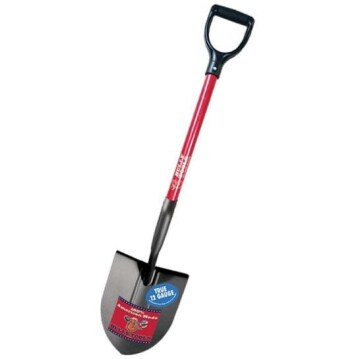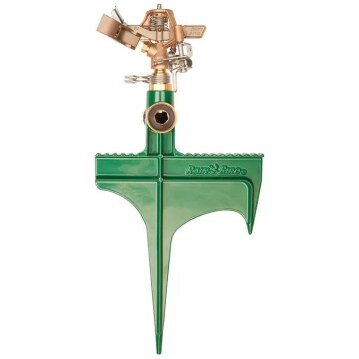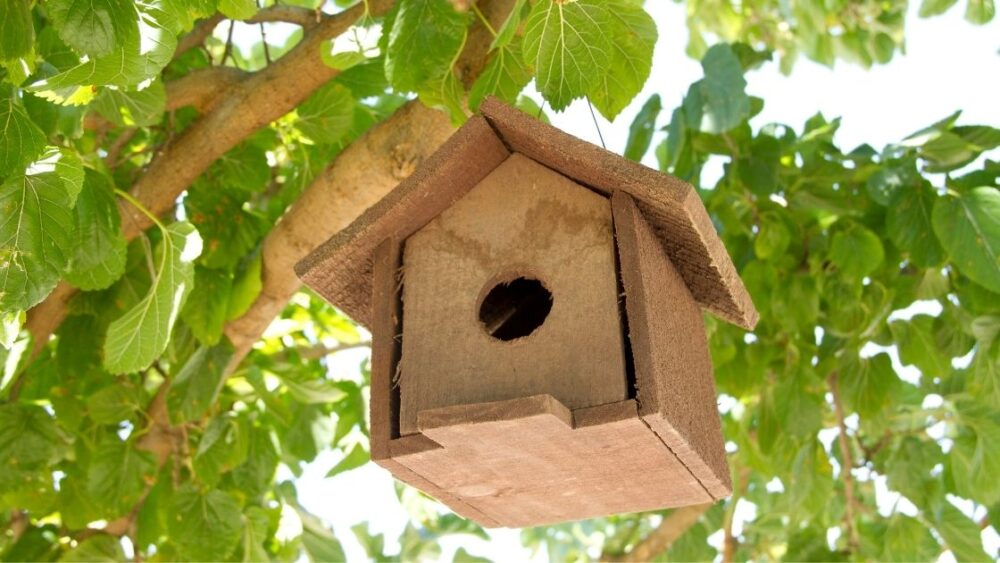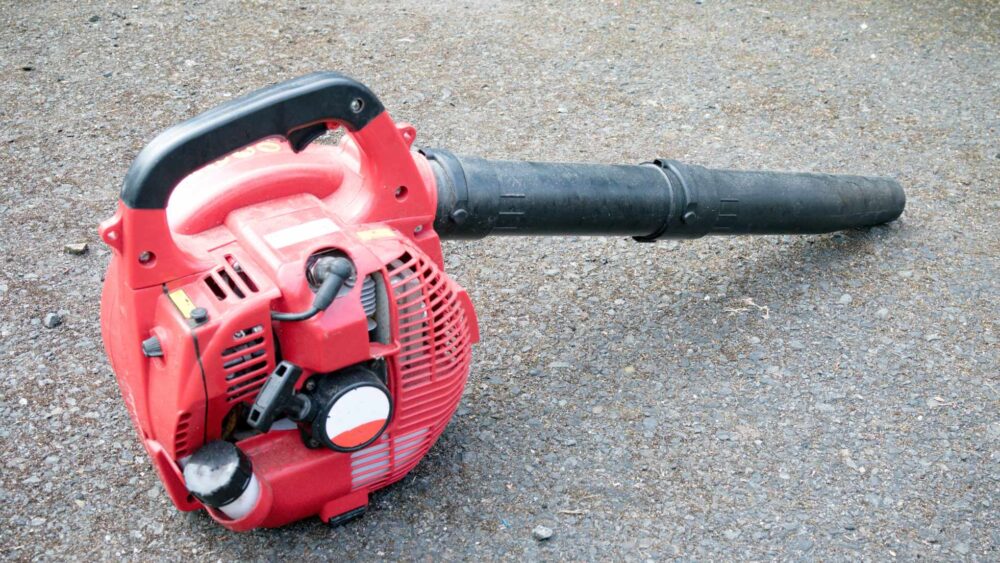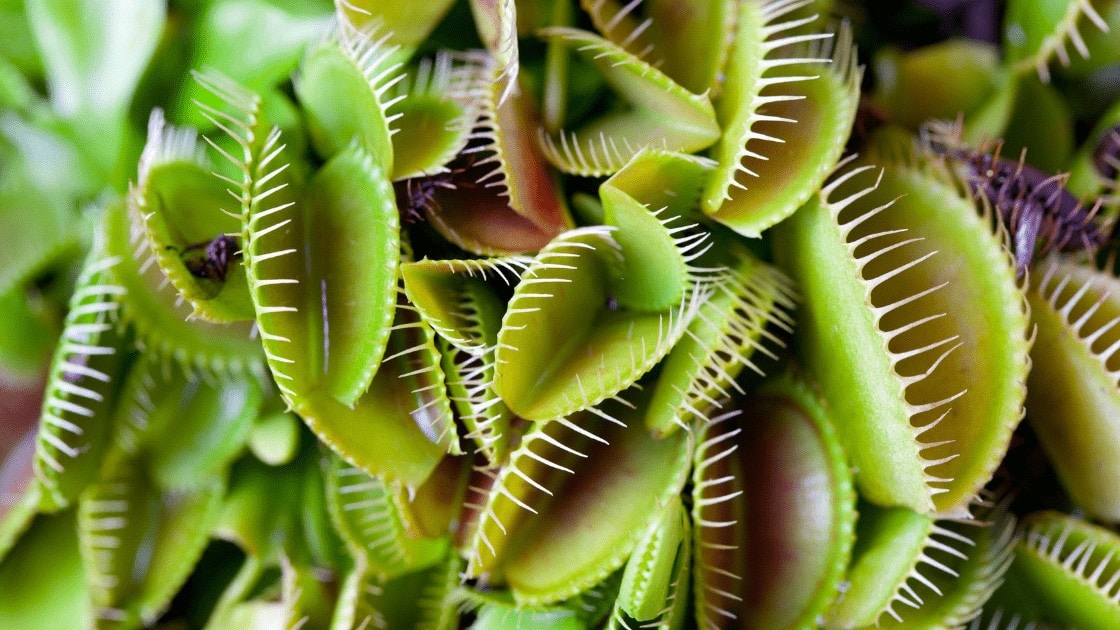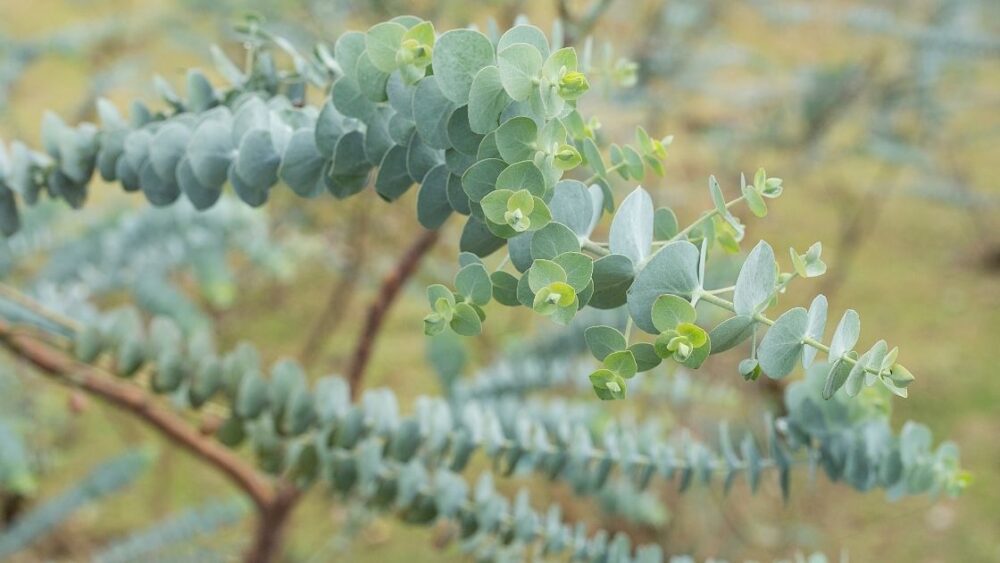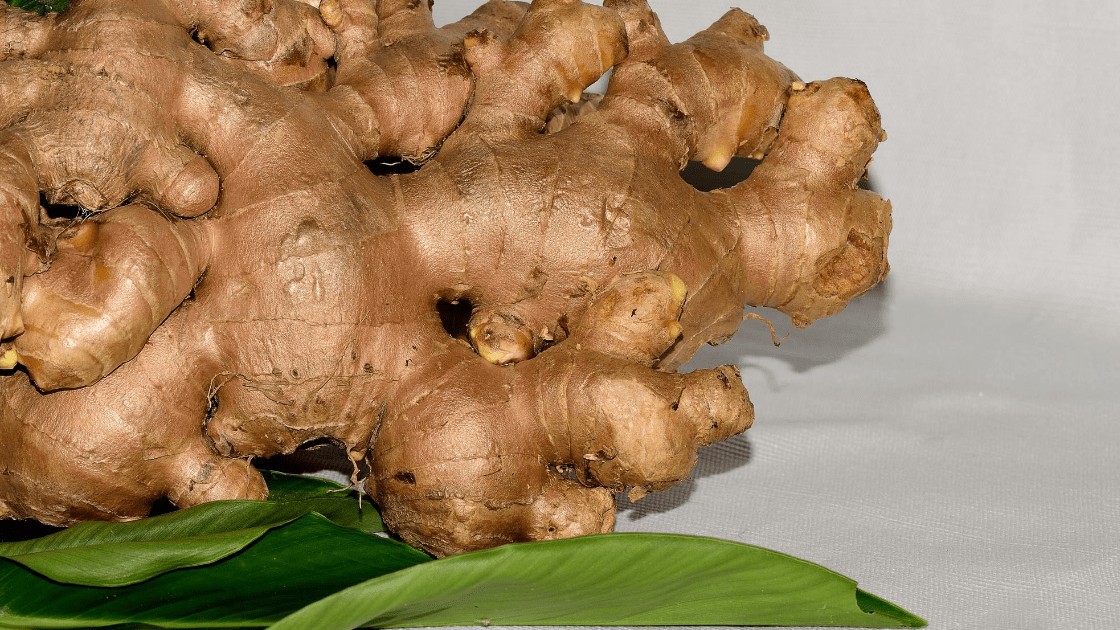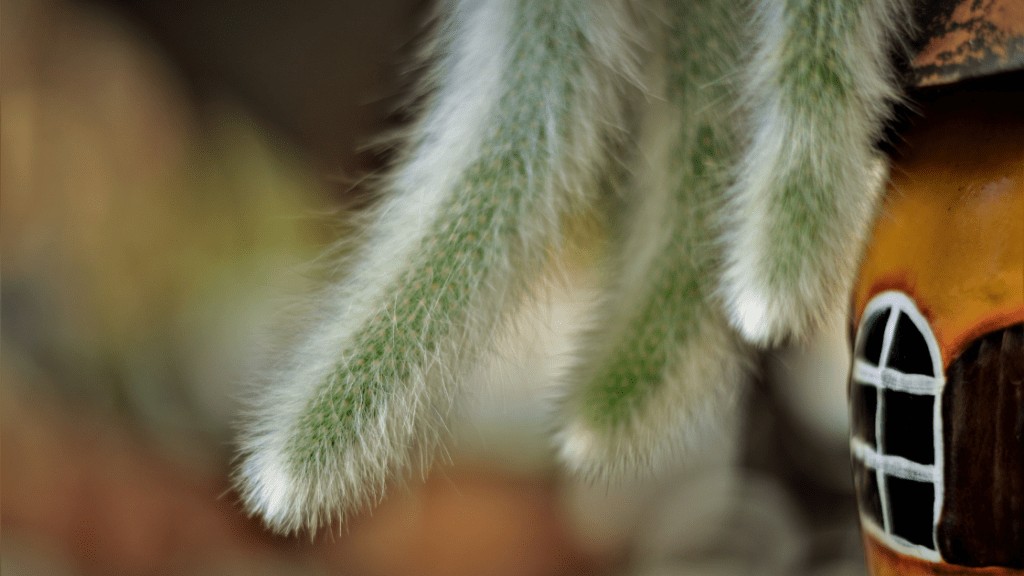
With its thick, hanging stems, covered in soft, white hairs, the Monkey tail cactus is one of the most interesting and eye-catching succulents – it has a distinct tropical and jungle-like appearance and when fully developed can have stems longer than 4 feet. It’s very easy to take care of and its stems grow at a moderate rate of around 4 inches per year.
When provided with good growing conditions, the monkey tail succulent will provide you with spectacular red flowers that will emerge during the spring or summer.
The Monkey Tail Cactus – Description and Origin
The Monkey Tail Cactus (Cleistocactus/Hildewintera Colademononis) is a tropical epilithic succulent – it grows from the slopes of large rock formations overlooking the Bolivian rainforest.
Browse our Affiliate Products
The stems of this succulent reach around an inch in diameter and can grow to more than 7 feet in length. However, this is not something that usually happens when the plant is confined to a pot – in home-growing conditions, the stems rarely reach more than 2-4 feet in length.
When the succulent is very young, it doesn’t look much different from other fuzzy cactuses, like the members of the Cephalocereus genus – it’s somewhere around the second year of growth that the stems reach a length of around 1 foot and start growing downwards from the sides of the potting container.
Where Are They Commonly Found In The Wild?
In the wild, the Monkey Tail Cactus (Cleistocactus/Hildewintera Colademononis) grows exclusively in the Cerro El Fraile mountain in Bolivia at an altitude of around 4600 ft. Because of the high day/night temperature swings in its native region, the cactus can tolerate a wide range of temperatures and can even survive winter outdoors – we’ll talk more about this later.
Name Origin and Other Common Names
Because of its unique structure, this succulent looks like the tail of an animal – it doesn’t have a main stem and instead produces many identical stems that emerge from the roots. The stems have a ‘furred’ appearance, thanks to the numerous fine hairs.
‘Monkey tail’ is the only well-known common name of this succulent.
Also for more reading on long stemmed succulents, check out our Fishbone Cactus, Fairy Castle Cactus,and Burrio’s Tail articles.
To find a wide variety of succulents, Check out our affiliates below.
Monkey Tail Care, Requirements and Propagation
Although the Monkey Tail cactus is a somewhat unique succulent which grows from rocks and originates from tropical regions, it has surprisingly similar growth requirements to all other succulents. It likes bright light, infrequent watering and needs a winter rest. However, unlike desert succulents it dislikes high heat and intense direct sunlight.
Does It Do Better Indoors or Outdoors And In Which USDA Zones Can It Survive Winter?
Because of their long, thin structure, mature Monkey tail succulents can be very difficult to evenly illuminate using artificial lighting. For this reason, the best option is to place them outdoors in hanging pots.
Coming from a tropical mountain climate, the succulent doesn’t like high heat and can easily wilt or die from heat stress. There is some controversy when it comes to the ability of this cactus to survive freezing temperatures with many sources claiming it can survive extreme frost without problems.
However, this is dependent on the particular genetics of the plant and it’s best to avoid temperatures below 30F (-1C). In USDA zones above 8 it can safely survive winter outdoors.
For more information on other types of cacti, click to browse our Cactus Category
How Much Sun Does It Need?
The Monkey tail cactus can deal with direct sunlight, but only if it has been acclimatized to it.
If not, it’s best to provide it with the brightest possible indirect sunlight or partial shade. Like most other succulents, the plant doesn’t capture sunlight very efficiently and if you want strong, fast growth and frequent blooming, it’s best to place the plant in a very bright outdoor spot.
Specimens that are not yet used to direct sunlight can still be exposed to it for a few hours a day to boost growth – eventually this will lead to acclimatization and they will be able to tolerate the full sun for longer.
What Type Of Soil Is Required?
General purpose cactus potting mixes work well for this succulent – as long as the soil is light, well-aerated and doesn’t compact, it will work well. Because of its long stems, this succulent is very sensitive to the oxygen levels in the root zone and if the soil isn’t well-draining enough, this can quickly lead to wilting, root rot and eventual death. Check out our soils article here for specific potting soils. What Are The BEST Potting Soils for Every Type of Plant?
Is Feeding Recommended?
For fast growth, fertilizing is usually necessary, especially for large plants that grow in small, hanging pots. Even fresh cactus potting mixes won’t be able to supply enough nutrition for this succulent for long.
Succulent fertilizers diluted to half strength and applied once per week work well, but always be on the lookout for any signs of over-fertilization. If you notice discoloration or wilting, discontinue the fertilizer and flush with plain water. Young succulents that haven’t yet begun to fall over the pot shouldn’t be fertilized, or only a very dilute 1/4th strength fertilizer should be used.
How Often Should It Be Watered?
It’s best to not rely on a fixed watering period and instead observe the moisture content of the surface of the soil. Water only when the top half inch of the soil has completely dried or when the stems of the cactus start showing signs of dehydration. Watering too frequently is the most common cause of problems when caring for this succulent.
Is Repotting Necessary?
The Monkey tail cactus is a relatively fast grower and repotting is usually necessary.
For mature plants, it’s best to repot every year and increase the pot size by an inch or two. Repotting can be very tricky, because of the shape of the succulent and its prickly needles. If you don’t have prior experience with repotting succulents, stem breakage is very likely. Fortunately, broken stems can be easily rooted in a new pot and repotting is always a great opportunity for propagation.
If your wondering what is the perfect pot for your plant check out this article. What is the perfect pot for my plants?
Winter Dormancy
Reduced day lengths combined with lower temperatures will trigger the dormancy period – this is necessary to promote flowering during the spring and summer.
Providing the succulent with the dormancy temperatures of around 40F (5C) can be tricky, but not strictly necessary – a cool windowsill works well. The dormancy period will last for 3-4 months, during which time the cactus requires less frequent watering – around once a month is usually sufficient.
Propagation
Being a tropical succulent, the Monkey tail cactus can be easily started form seed. However, cuttings are quicker and easier.
It’s best to use young, small stems that have recently emerged from the base – carefully break them off and let them dry out for a day or two. After that, place them on top of some soil, slightly burying the end.
In a month or two, roots will start developing and new growth will start. If the cutting looks too dehydrated and starts shrinking, a humidity dome may be provided, but make sure to remove it a few times a day to lower the humidity a bit and prevent fungal growth.
When Does The Monkey Tail Cactus Bloom?
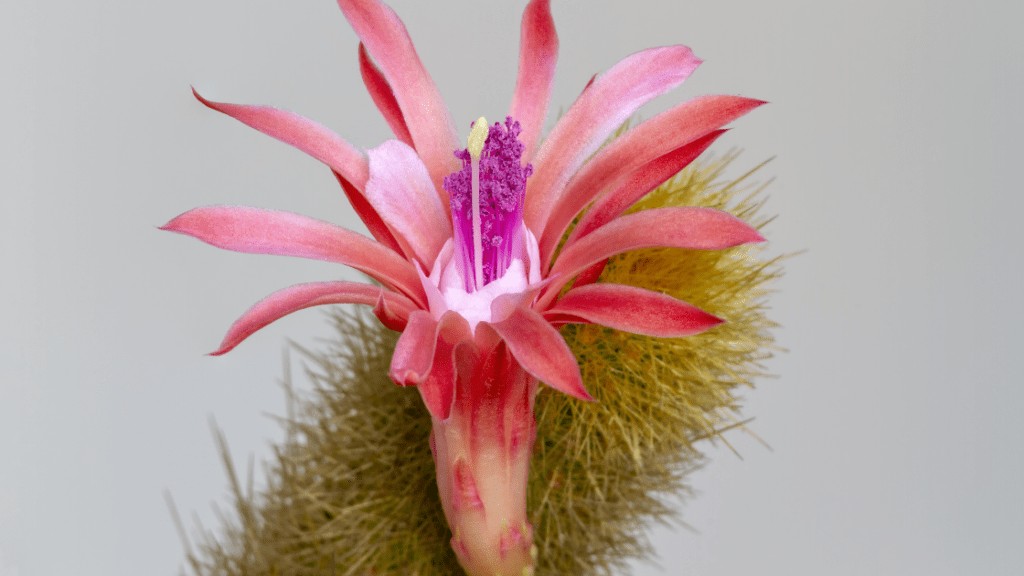
The blooming period of this succulent is often unpredictable – it may flower in the spring, shortly after its winter dormancy is over, but it may also flower in the middle of the summer or even during the winter dormancy.
As is the case with all succulents, blooming requires ample reserves of energy – if you don’t provide the succulent with enough light, it will not bloom at all.
Caring for Monkey Tails Before and After Blooming
The flowers of the Monkey tail cactus will last for 2 to 4 days, during which time you may choose to pollinate them. This may happen naturally if the cactus is placed outdoors.
Once pollinated, the flowers will from fruits, which will contain seeds. Pollinating the flowers, collecting the seeds and sprouting them is one of the most exciting aspects of growing succulents. Monkey tail seeds are relatively easy to sprout – the process takes around 2 to 3 weeks at room temperature.
Common Problems You May Experience
This succulent is easy to take care of, but there are a few common problems and diseases you should be on the lookout for.
If you take good care of the Monkey tail cactus, it may eventually become too large, with stems reaching more than 3-4 feet in length. If that happens, you can limit the growth of the plant simply by discontinuing fertilization and not repotting it. However, this will usually prevent blooming.
Pests
Mealybugs are a common problem for this succulent and can remain unnoticed below the white fur of the stems.
Inspecting the plant periodically and looking for any unnatural cottony growth is a good preventative measure. If you notice the typical uneven cotton-like formations of a mealybug infestation, quickly remove it with cotton swab before it spreads.
In severe cases, consider removing a whole stem to prevent the pests from spreading to others. Commercial insecticides may be the best option if the infestation has gone rampant. Other common insect pests include spider mites and scales.
Generally, if the plant is maintained in good health, it won’t be prone to pest infestations and strong light, combined with a sufficient temperature drop during the night will usually create a very unsuitable environment for most insects.
Root Rot
Watering the plant too frequently, without letting the roots dry out will quickly lead to root rot.
Once the roots have rotted away the plant will start wilting, yellowing and looking sickly. At that point, little can be done to save it and its best to re-start it from cuttings.
New Stems Not Forming
A common problem which novice succulent growers may experience is general lack of growth – the plant doesn’t form any new stems and the existing ones barely grow.
This almost always comes down to the basic growing conditions not being met – if the plant is placed indoors on a desk or even on a north-facing windowsill it will barely grow. Growth will quickly resume when the succulent is placed outdoors in very bright indirect sunlight.
If it doesn’t and there is no sign of disease, make sure that it’s not in its dormancy period and consider some light fertilization.
Final Thoughts
The Monkey tail cactus is an interesting succulent that can give any garden a tropical and exotic appearance. With proper growing conditions, the succulent will put out a large number of long, fuzzy stems.
Beautiful red flowers will form during the summer or spring. The succulent is easy to take care of and has similar requirements to those of other succulents. For fast growth, make sure to place it in a bright outdoor spot during the spring and summer – the occasional direct sunlight won’t hurt it, but the plant dislikes high temperatures.

